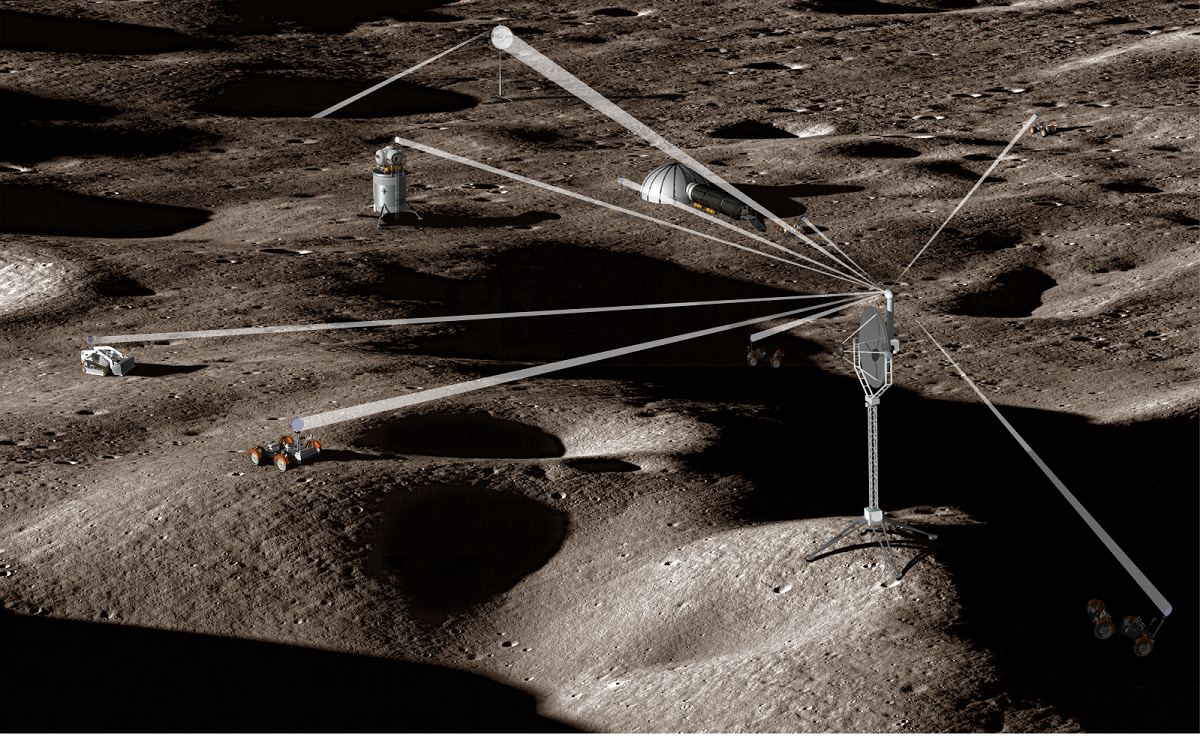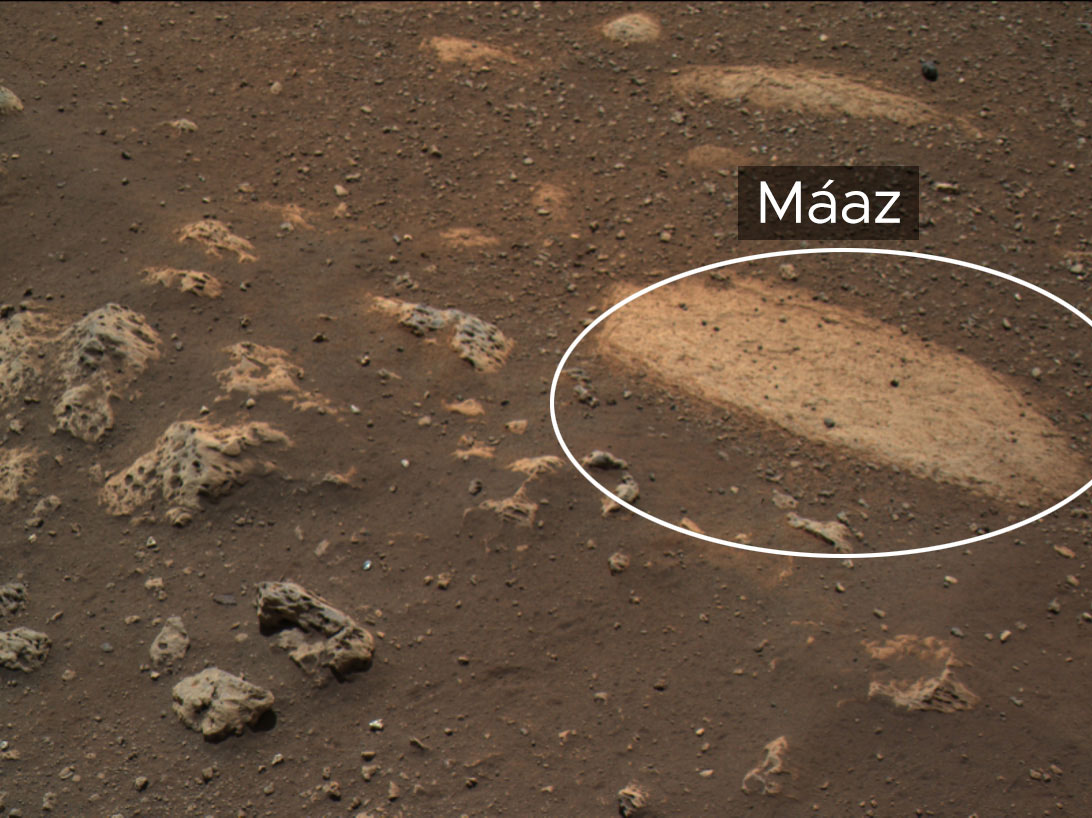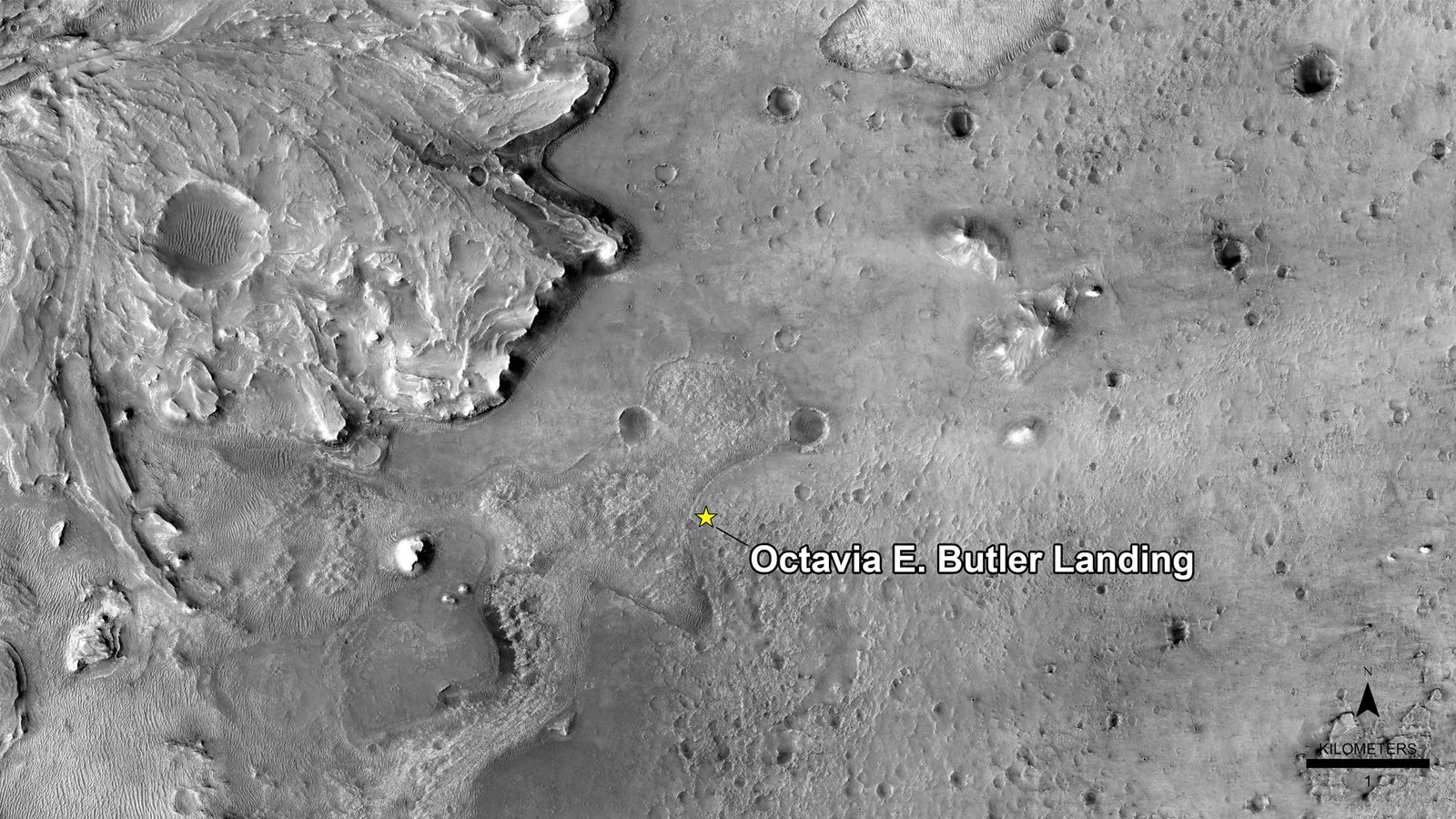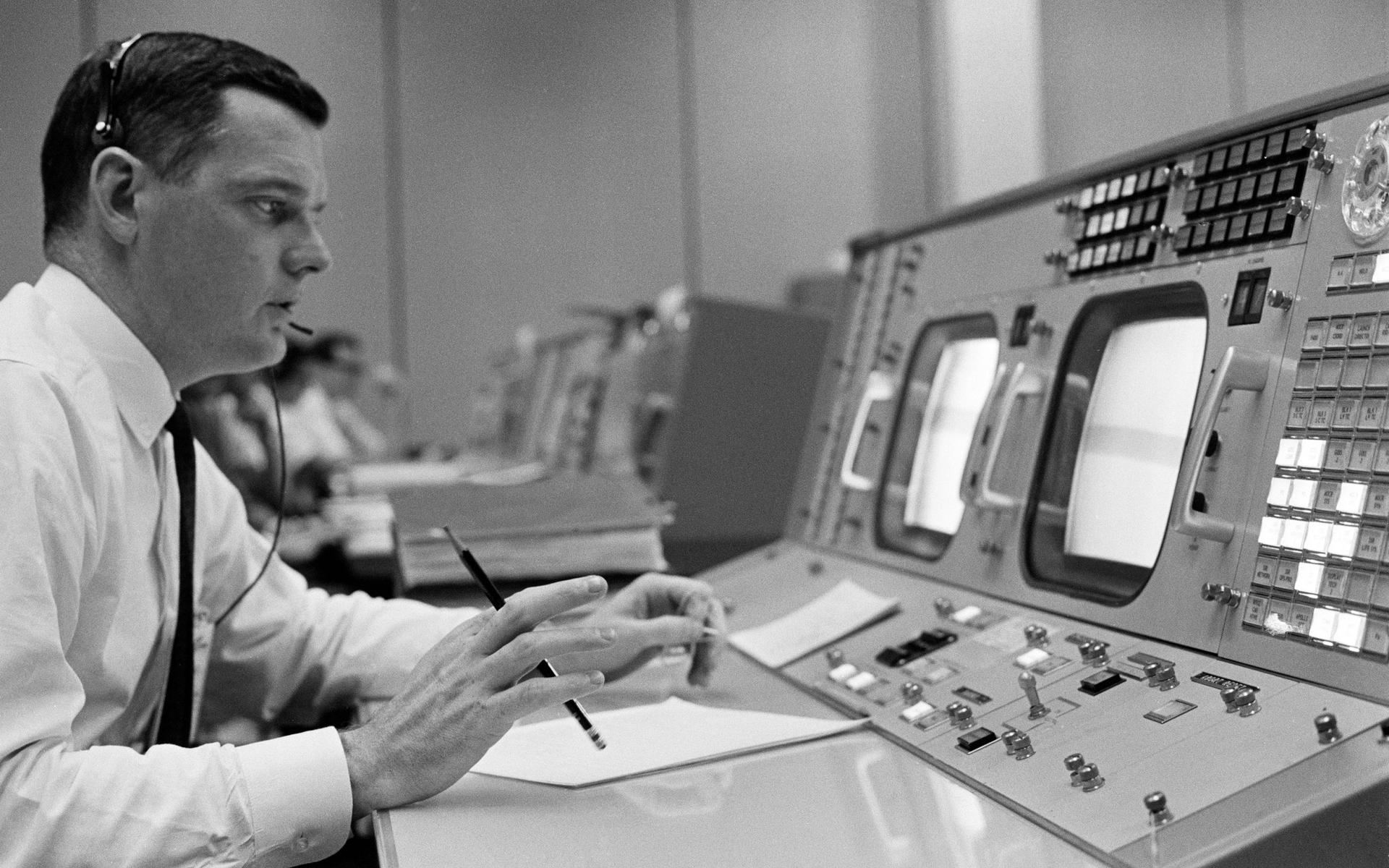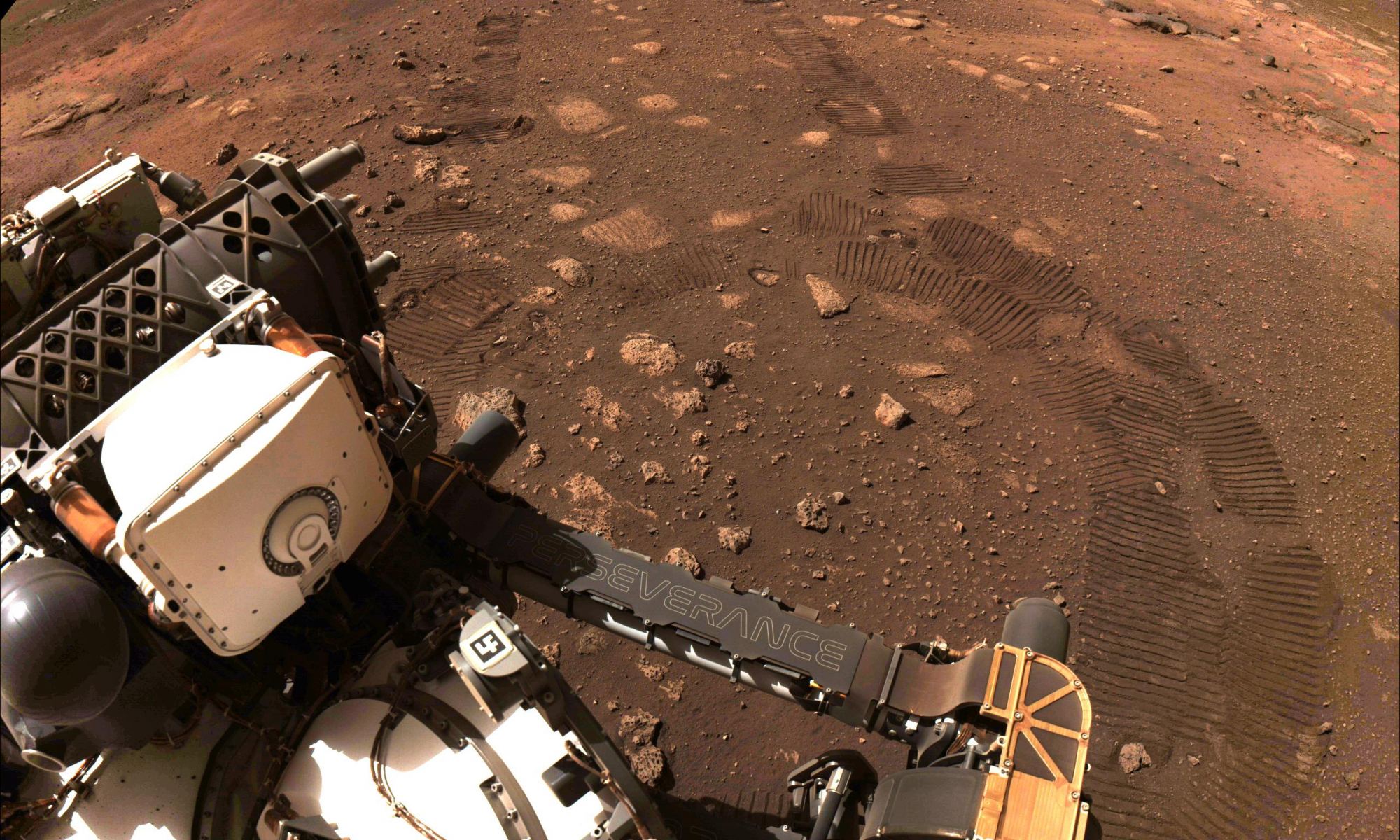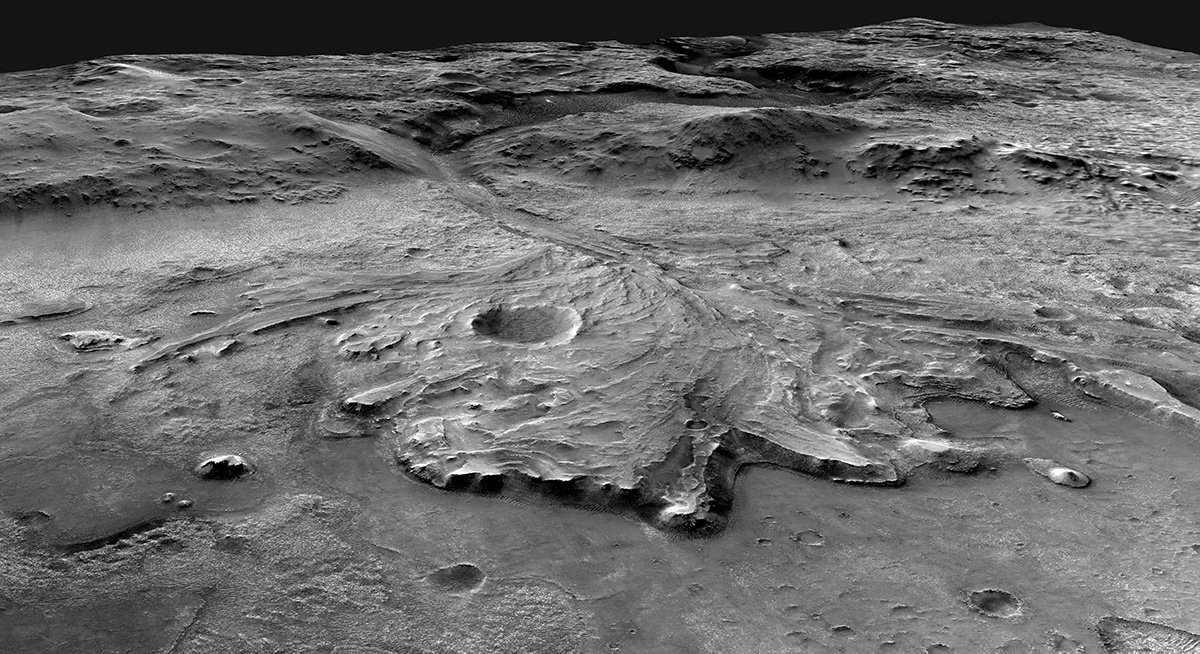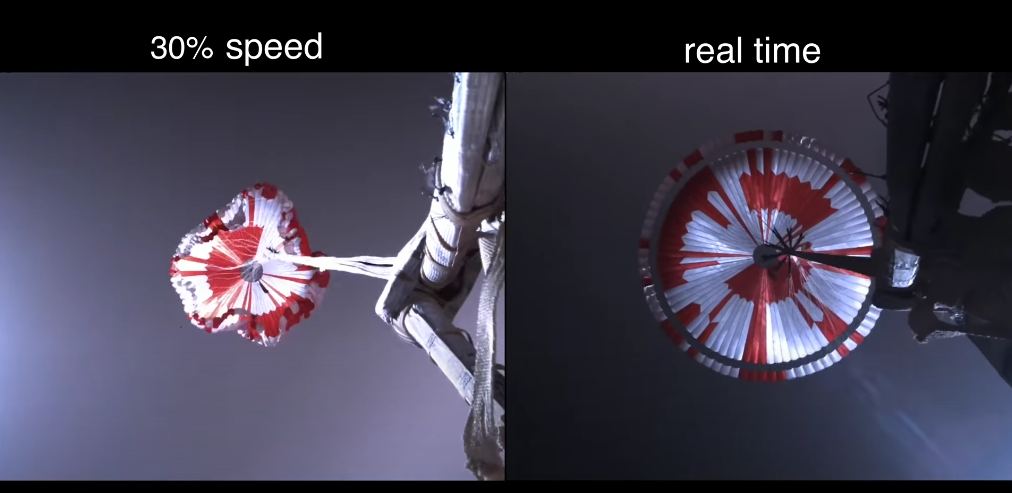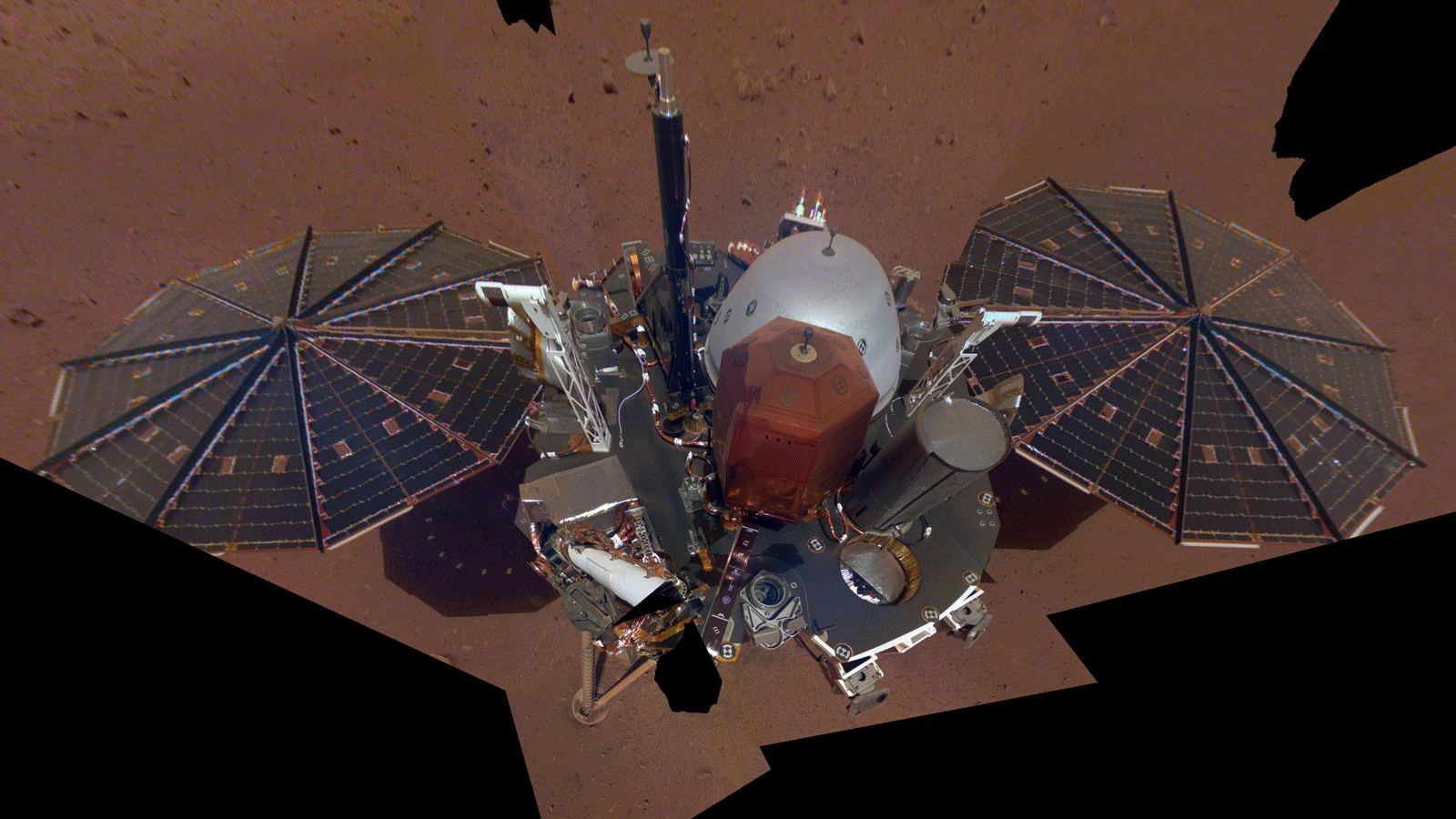When astronauts return to the Moon for the first time since the Apollo Era, they will be relying on a number of mission elements to get them there and back safely. This includes the Space Launch System (SLS) and Orion spacecraft that will launch a crew of four and carry them to the Moon. But until recently, the question of how they will get to and from the surface remained unresolved, as there were a few options.
To determine which would be best in terms of performance and cost, researchers from Skolkovo Institute of Science and Technology (Skoltech) in Moscow and the Massachusetts Institute of Technology (MIT) reviewed several dozen proposals. In the end, they determined that a one-stage reusable lunar lander that could transport astronauts to and from the orbiting Lunar Gateway was the best option.
Continue reading “A 1-Stage, Fully Reusable Lunar Lander Makes the Most Sense for Returning Humans to the Moon”

